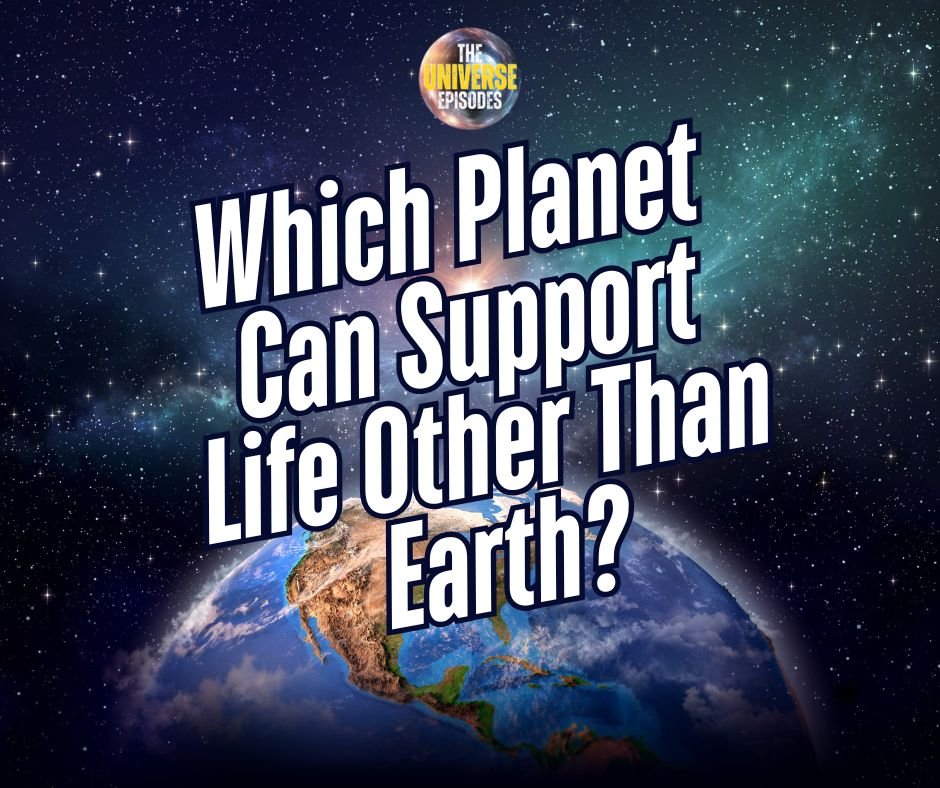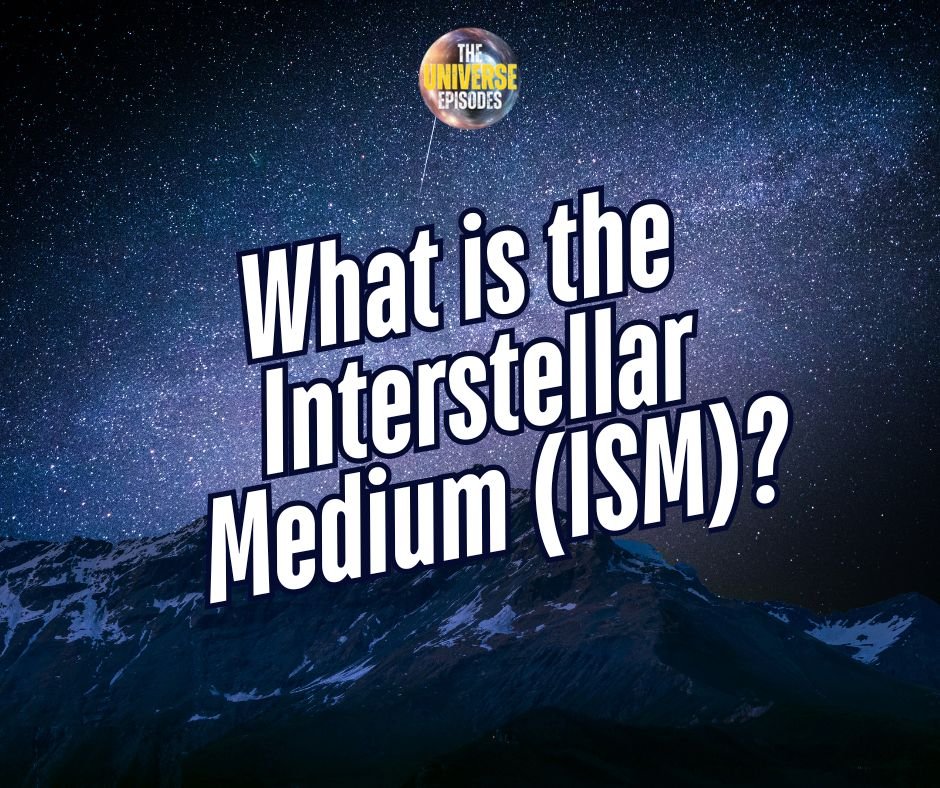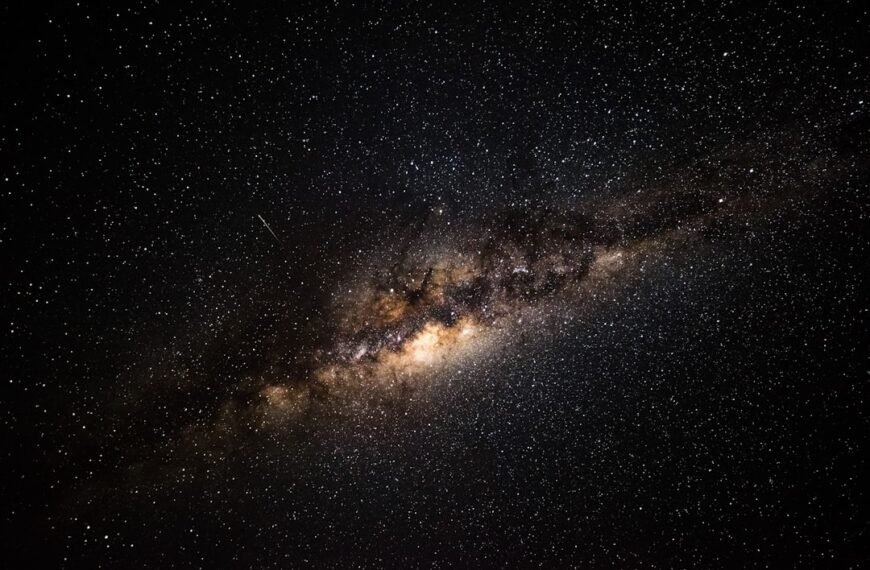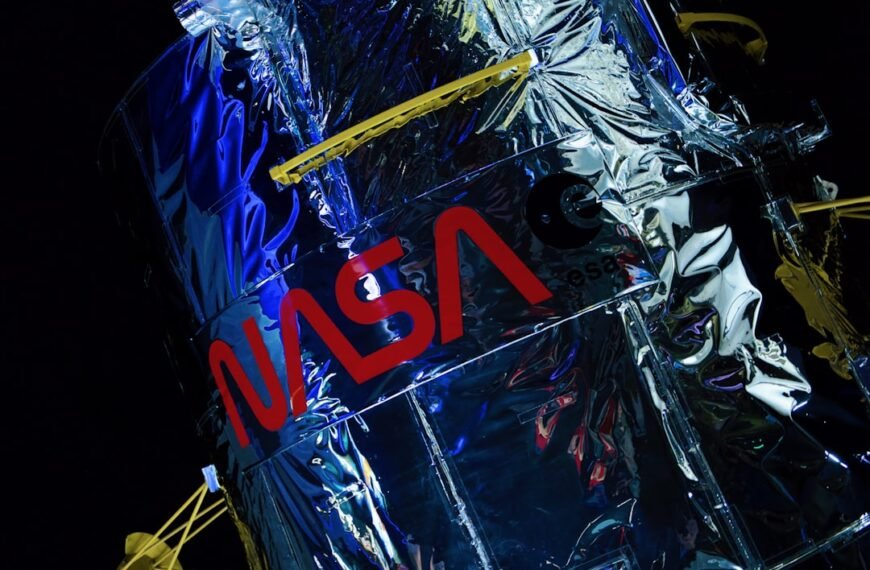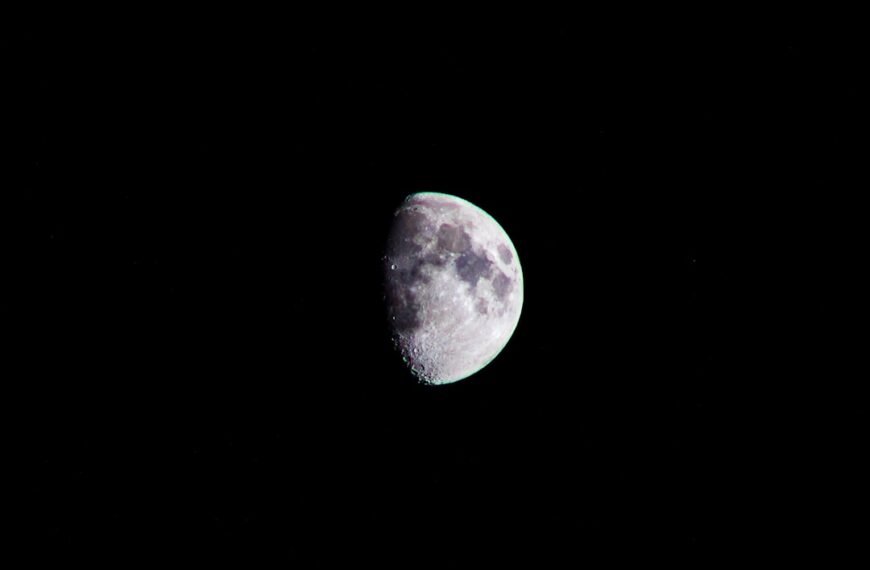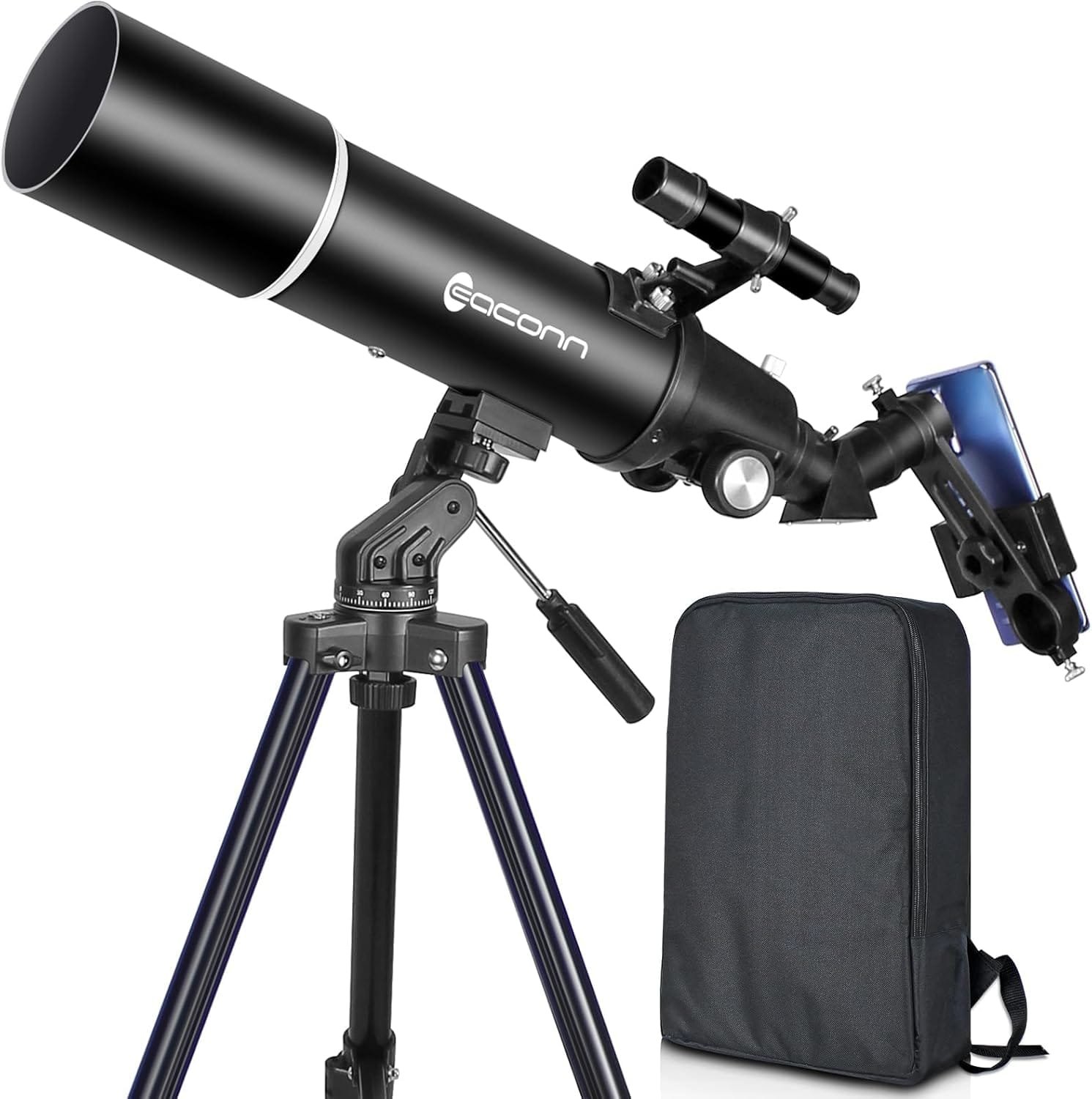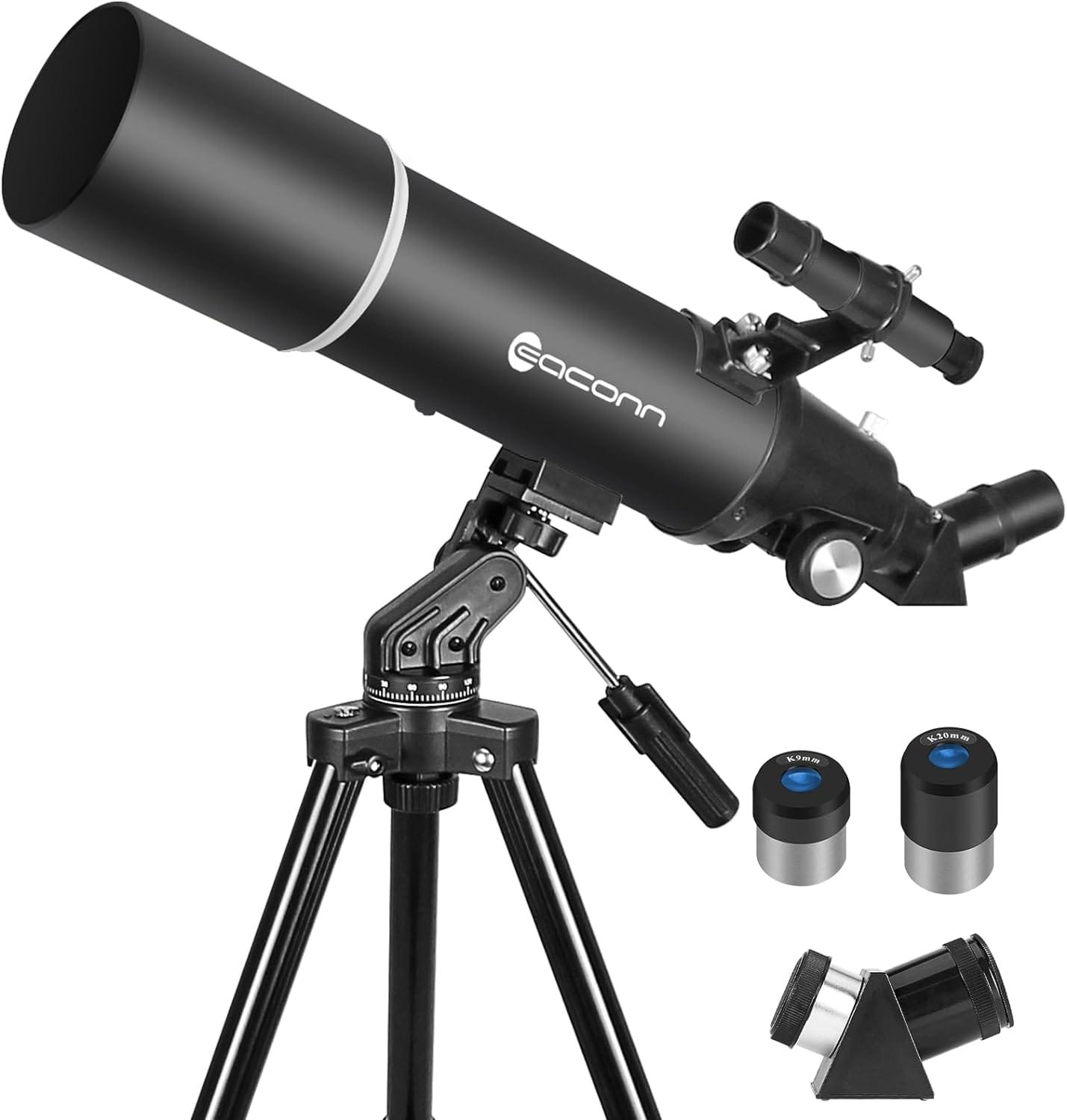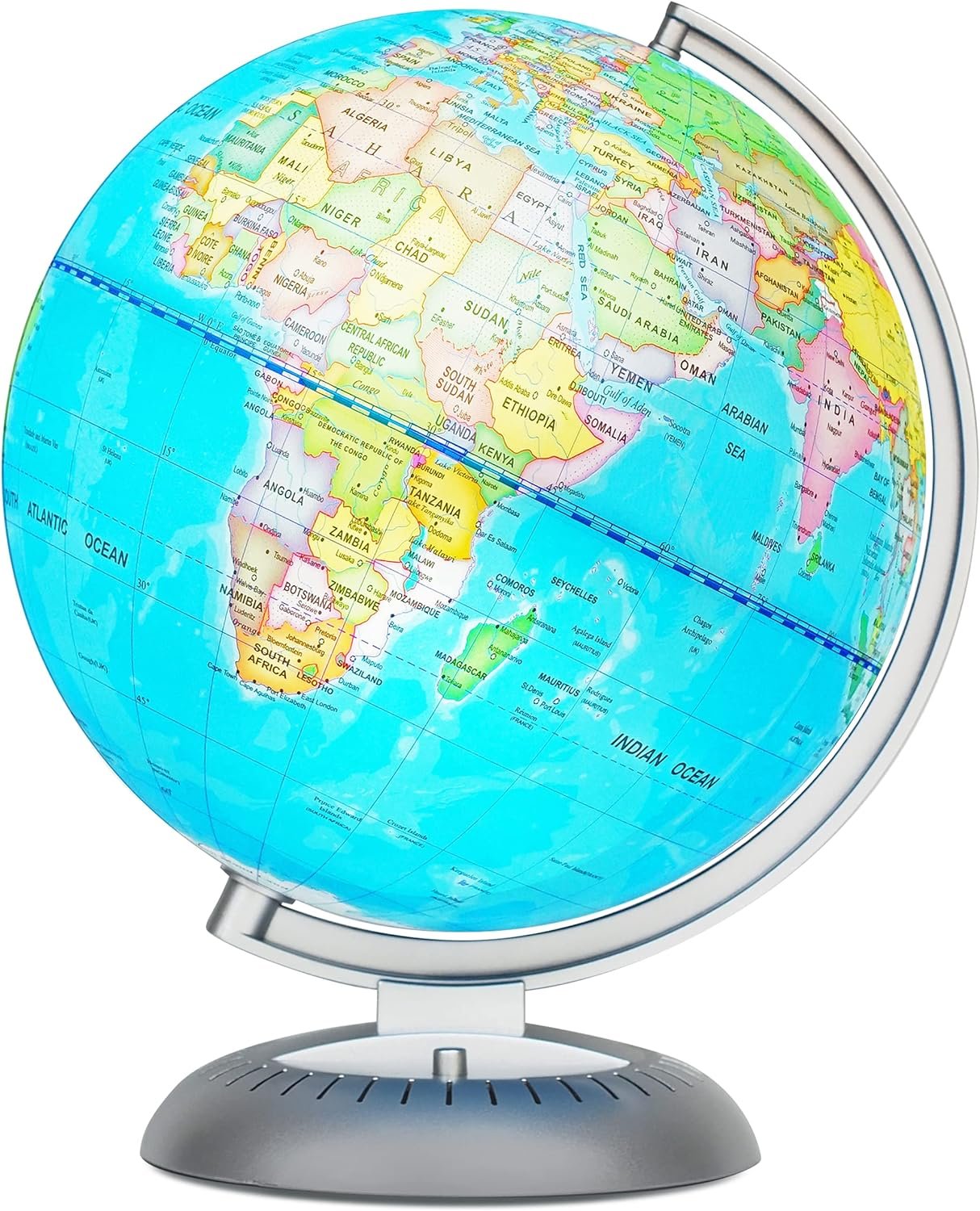Key Takeaways
- Mars, Europa (Jupiter’s moon), and Titan (Saturn’s moon) are top candidates in our solar system.
- Dozens of exoplanets like Gliese 12 b and TRAPPIST-1e may support life outside our solar system.
- Liquid water, a stable atmosphere, and the right temperature are essential for life.
- Ongoing missions like NASA’s Europa Clipper and the James Webb Space Telescope deepen our search for habitable worlds.
Many people wonder: Which planet can support life other than Earth? Scientists have asked this question for centuries. Today, new discoveries and advanced technology bring us closer to an answer. This article explores planets and moons in our solar system and beyond that might support life. We will look at what life needs, which worlds are possible candidates, and what research is happening right now.
Why Search for Life Beyond Earth?
Life on Earth depends on certain key ingredients: water, a stable climate, and the right chemicals. If we find these elsewhere, it could mean we are not alone in the universe. The search for life also helps us understand our own planet and future. If we know which planet can support life other than Earth, we can learn how life begins and survives in different environments.
What Does Life Need to Survive?

Before we explore specific planets, let’s review what scientists believe are the basic requirements for life:
1. Liquid Water
Water is vital for all known life forms. It helps transport nutrients, removes waste, and enables key chemical reactions.
2. Stable Atmosphere
An atmosphere provides air for breathing (for some life forms) and protects from harmful space radiation. It also helps keep temperatures stable.
3. Suitable Temperature
Life needs temperatures where water stays liquid—usually between 0°C and 100°C (32°F and 212°F).
4. Right Chemical Elements
Essential elements like carbon, hydrogen, oxygen, and nitrogen must be present.
5. Energy Source
Life needs energy, often from sunlight or chemical reactions.
Which Planet Can Support Life Other Than Earth? In Our Solar System
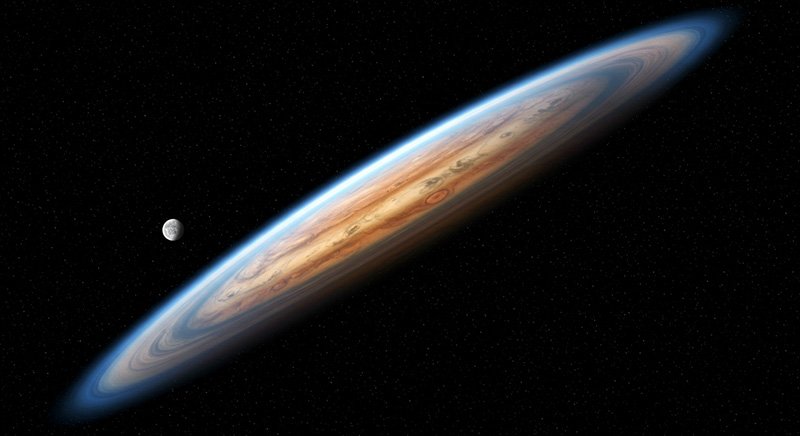
Let’s look at the most promising places close to home.
Mars: The Red Planet
Mars is the planet most like Earth. It is cold and dry now, but billions of years ago, Mars had rivers, lakes, and maybe even oceans. Here’s why Mars is interesting:
- Evidence of Water: Mars rovers have found signs of ancient riverbeds and minerals that form in water.
- Atmosphere: Mars has a thin atmosphere, mainly carbon dioxide. It is too thin to breathe, but it offers some protection.
- Temperature: Mars is cold, with an average surface temperature of about -63°C (-81°F). However, water could exist underground.
- Research: NASA’s Perseverance rover is exploring Mars for signs of past life. Scientists are especially interested in clay-rich rocks, which could preserve ancient microbes.
Data Point: According to NASA, Mars may have had a thicker atmosphere and stable water for up to a billion years (NASA, 2023).
Europa: Jupiter’s Icy Moon
Europa is not a planet but a moon of Jupiter. Still, it is one of the best places to look for life.
- Subsurface Ocean: Below its icy crust, Europa likely has a global ocean of salty water.
- Energy Source: Jupiter’s gravity creates tidal forces that keep Europa’s ocean liquid.
- Chemistry: Scientists think the ocean may contact the moon’s rocky mantle, which could provide nutrients.
- Missions: NASA’s Europa Clipper mission, set to launch in 2024, will study the moon’s surface and search for signs of life.
Authoritative Source: The European Space Agency and NASA both prioritize Europa in their search for life (ESA, 2024).
Titan: Saturn’s Mysterious Moon
Titan is Saturn’s largest moon and has some fascinating features:
- Thick Atmosphere: Titan is the only moon with a dense, nitrogen-rich atmosphere.
- Methane Lakes: Instead of water, Titan has lakes and rivers of liquid methane and ethane.
- Organic Chemistry: The chemistry on Titan is complex and includes molecules that could form the building blocks of life.
- Upcoming Research: NASA’s Dragonfly mission, launching in 2027, will land a rotorcraft on Titan to study its surface and atmosphere.
Fact: Even though Titan is very cold (-179°C or -290°F), its chemistry excites scientists looking for life based on something other than water.
Which Planet Can Support Life Other Than Earth? Beyond Our Solar System

Planets outside our solar system are called exoplanets. Thousands have been discovered, and some may have the right conditions for life.
Gliese 12 b
- Location: 40 light-years from Earth.
- Size: Similar to Earth.
- Temperature: Estimated around 42°C (107°F), which could allow for liquid water.
- Potential: If Gliese 12 b has an atmosphere, it could support life.
Source: This planet was identified by NASA and international researchers in 2024.
Kepler-1649c
- Distance: 300 light-years away.
- Size and Temperature: Close to Earth’s size and gets about 75% of the light that Earth gets from the Sun.
- Potential: Lies in its star’s habitable zone, where temperatures may allow liquid water.
Fact: Discovered by NASA’s Kepler Space Telescope.
Proxima Centauri b
- Distance: Just over 4 light-years away—the closest known exoplanet to Earth.
- Habitable Zone: Orbits in the area where liquid water could exist.
- Challenges: The planet gets a lot of radiation from its star, which could strip away its atmosphere.
Data Point: Proxima Centauri b was first confirmed in 2016 and remains a top target for life studies.
TRAPPIST-1e
- System: One of seven Earth-sized planets around the star TRAPPIST-1.
- Distance: 40 light-years away.
- Temperature: In the habitable zone, making it a strong candidate for life.
- Research: The James Webb Space Telescope is studying TRAPPIST-1e’s atmosphere for signs of water and life.
How Scientists Search for Life

Robotic Missions
- Mars Rovers: Perseverance and Curiosity explore Mars, searching for signs of past or present life.
- Europa Clipper: Will examine Europa’s surface and look for water plumes.
- Dragonfly: Will study Titan’s surface and organic chemistry.
Space Telescopes
- James Webb Space Telescope (JWST): Analyzes exoplanet atmospheres for water, oxygen, and other biosignatures.
- Habitable Worlds Observatory (planned): Will use advanced technology to block starlight and search for Earth-like planets.
Spectroscopy
Scientists use spectroscopy to study the light from distant planets. This helps them detect water vapor, methane, and oxygen—key signs of possible life.
What Makes a Planet Truly Habitable?
Not every planet in the “habitable zone” can support life. Here are the most important factors:
1. Size and Gravity
A planet must be big enough to keep an atmosphere. If it is too small, it loses air quickly.
2. Magnetic Field
A magnetic field protects a planet’s atmosphere from being blown away by solar wind.
3. Stable Climate
Planets need stable orbits and rotations to avoid extreme temperature swings.
The Most Promising Candidates Compared
| World | Type | Distance | Key Features | Challenges |
|---|---|---|---|---|
| Mars | Planet | 0.5 AU | Ancient rivers, possible underground water | Thin air, cold surface |
| Europa | Moon | 5.2 AU | Subsurface ocean, tidal energy | Thick ice, radiation |
| Titan | Moon | 9.5 AU | Methane lakes, organic chemistry | Extreme cold, no water |
| Gliese 12 b | Exoplanet | 40 ly | Earth-size, right temperature | Atmosphere unknown |
| Kepler-1649c | Exoplanet | 300 ly | Earth-size, habitable zone | Distance, atmosphere unknown |
| Proxima Centauri b | Exoplanet | 4.2 ly | Closest, in habitable zone | High radiation |
| TRAPPIST-1e | Exoplanet | 40 ly | Earth-size, habitable zone | Star flares, unknown air |
Ongoing and Future Research
Missions to Watch
- Europa Clipper (2024): Will fly by Europa dozens of times, searching for water and possible life.
- Dragonfly (2027): Will explore Titan’s surface and search for signs of life.
- James Webb Space Telescope: Continues to scan exoplanet atmospheres for water and biosignatures.
What’s Next?
Scientists plan even more advanced missions, like sending landers to Europa or flying telescopes that can directly image Earth-like exoplanets.
Frequently Asked Questions
Can any planet actually support life right now?
No planet outside Earth has confirmed life. However, Mars, Europa, and several exoplanets have the necessary features for life to exist or have existed in the past.
Why do scientists focus on water as a sign of life?
Scientists focus on water because all known life on Earth depends on it. Water is a universal solvent; it enables the chemistry necessary for life. Finding water, especially liquid water, on other planets or moons increases the chance that life could exist there.
Could life exist without water?
Some scientists think life could be based on other liquids, such as methane or ammonia. For example, Titan has rivers and lakes of liquid methane. While this would be a very different kind of life, it is possible. Most searches, however, concentrate on water-based life because it is what we know.
How do we know if a planet’s atmosphere could support life?
Researchers look for certain gases in a planet’s atmosphere, like oxygen, methane, and carbon dioxide. These can be detected using telescopes that analyze the light passing through or bouncing off a planet’s atmosphere. The presence of these gases, especially in the right combinations, could signal the presence of life or a habitable environment.
What is the habitable zone?
The habitable zone is the region around a star where temperatures are just right for liquid water to exist on a planet’s surface. Sometimes called the “Goldilocks zone,” it is not too hot and not too cold. Planets in this zone are prime targets in the search for life.
Actionable Information: How You Can Stay Updated
- Follow space agency websites: NASA, ESA, and other agencies share updates and discoveries about Mars, Europa, Titan, and exoplanets.
- Watch for mission launches: Missions like Europa Clipper and Dragonfly will provide exciting new data.
- Use citizen science tools: Projects like Zooniverse let you help scientists search for exoplanets.
- Read scientific journals and news: Sources like Nature, Science, and NASA’s Exoplanet Archive regularly report new findings.
Authoritative Sources and Further Reading
- NASA Exoplanet Exploration
- ESA – Life in the Universe
- NASA Mars Exploration Program
- NASA Europa Clipper Mission
- NASA Dragonfly Titan Mission
- James Webb Space Telescope – Science Goals
- Nature: Exoplanet Habitability
Final Thoughts
Which planet can support life other than Earth? There is no confirmed answer—yet. But Mars, Europa, and Titan in our solar system, along with exoplanets like Gliese 12 b, Kepler-1649c, Proxima Centauri b, and TRAPPIST-1e, are strong candidates. Each has features that could allow life, especially if water is present. Ongoing missions and telescopes are searching for proof.The search for life beyond Earth is one of humanity’s most exciting quests. Each year, we discover new planets and moons that move us closer to answering this age-old question. By staying curious and following the latest missions, you can be part of this journey.
Share Your Thoughts
Have a question or theory about life on other planets? Leave a comment below or join a space discussion forum. The universe is waiting for us to explore its secrets together!

